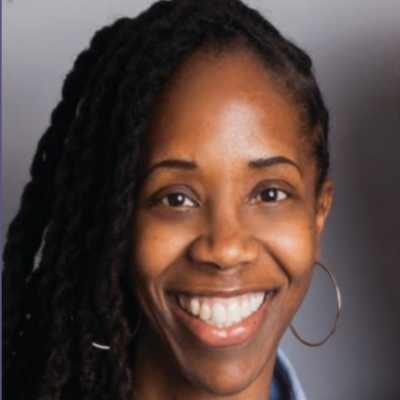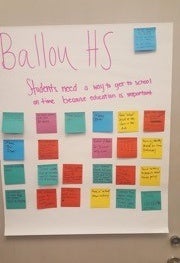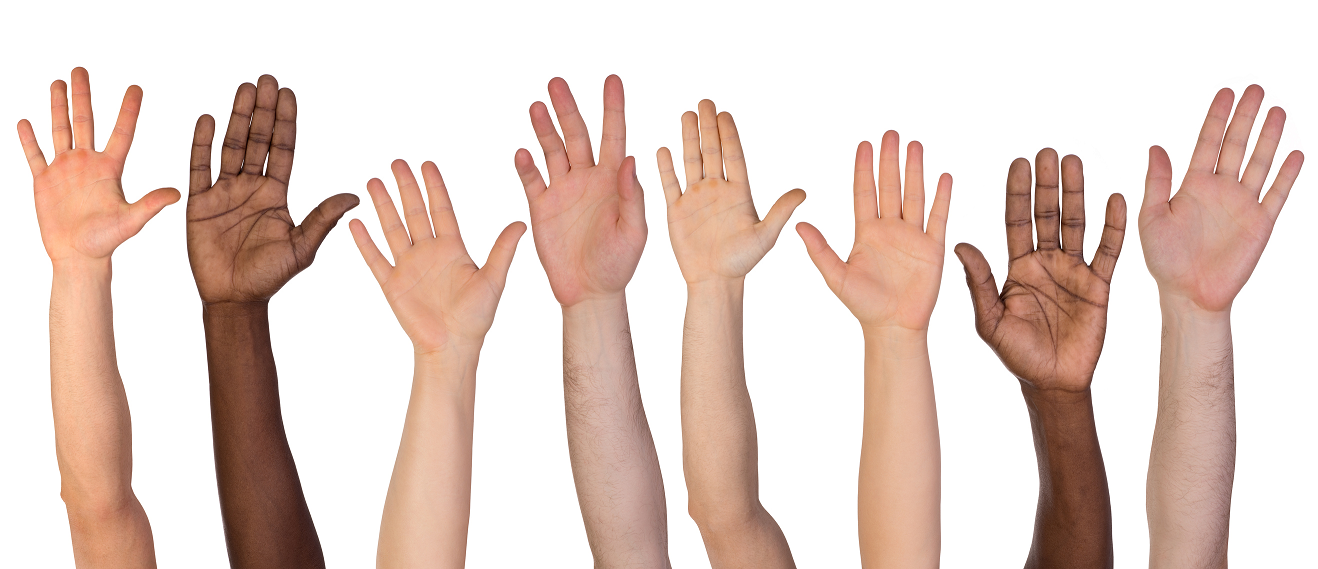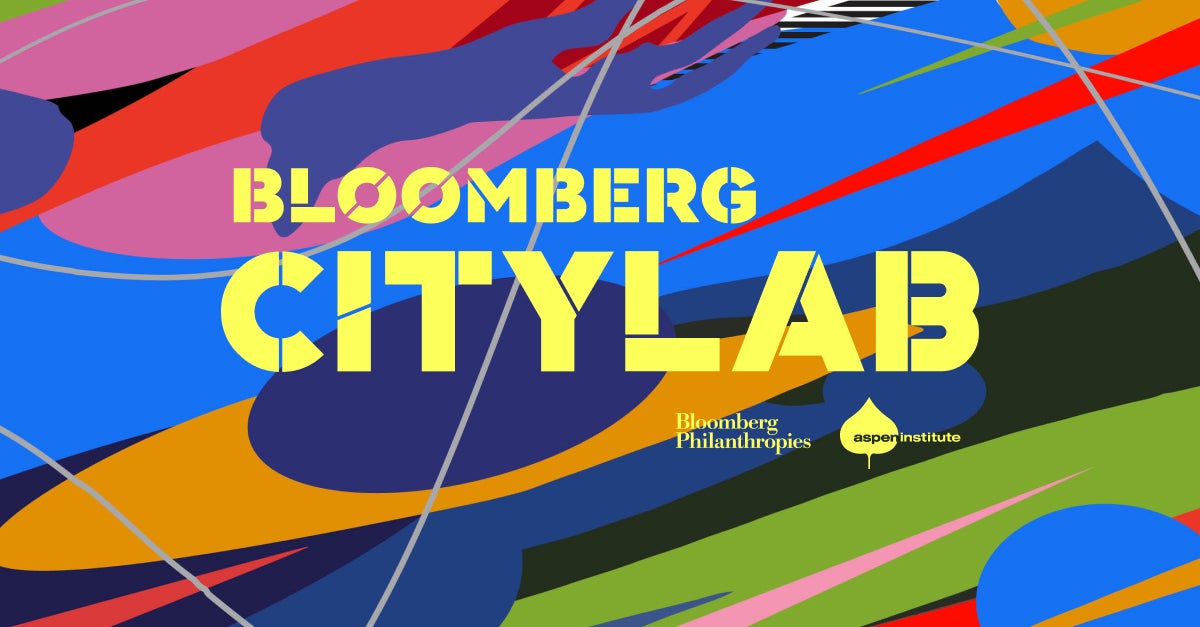Caroline Hill is a catalyst for equity and founder of the DC Equity Lab and co-founder of the Equity Design Collaborative—two emerging nodes in the education equity ecosystem. The DC Equity Lab invests in early stage education ventures in Washington, D.C. and enables them to design solutions that create and scale equity in schools, organizations, and communities.
This interview is part of the Aspen Institute Center for Urban Innovation’s series of conversations with inclusive innovation practitioners.
Jennifer Bradley: What does co-creation mean to you?
Caroline Hill: When I think about co-creation, I think about what it is like to design with people rather than for them, from the inception of understanding the problem to the process that you use to solve it. In the traditional design thinking or innovation frame, there might be a designer and a user. In true co-creation, you’re just two designers of equal status with different levels of expertise that you access when needed. That’s different than the way we currently approach a lot of innovation work.

Caroline Hill, Founder, DC Equity Lab; Co-founder, Equity Design Collaborative
JB: How do you apply co-creation to your organization, or your work?
CH: I think there’s a couple of tangible examples from our work with the truancy taskforce in DC. One of the first prerequisites for co-creation is having the people who experience the problem in the room. We coordinated with school leaders to have students in the room.
You have to realize that students are distant from policy. There are oftentimes other practices that are interfering with the child’s experience that must be reconciled before you write something into a law. When you actually listen to a student who says, “Oh, I love school,” and, “My father values school, too,” and, “I get in trouble when I don’t go to school, but there is a two-hour commute from my house to my school,” you see beyond the prevailing assumption that kids who are truant don’t value school. There are other systemic barriers in their lives. This is more complex than putting a policy in place and saying, “Go to school or you’re going to be in trouble.” For the students who are most marginalized and most affected, going to school is the end goal, but there are a lot of high hurdles that that family has to overcome.
What was really awesome is that, when the students realized that not everyone had two-hour commutes to school, they really got angry. They’re like, “Wait a minute, why is this happening only on this side of the city? Why are there only three grocery stores on this side of the city? Why does only this side of the city have a two or three-hour commute? That’s not right.”
One of the big lessons we learned was that it wasn’t only the policy that was getting in the way, it was oftentimes their experience at the school level. They said, “Oh, the door was closed in my face when I got to school.” Then, we talk to the leader of the school, and the leader responds, “I’m trying to maintain a high expectations environment, where kids have to be on time.” But the student’s experience is, “I travel two hours to get here. I have to drop off three of my siblings before I get to school.” Then how do you reconcile both of those truths and figure out the next best option?

Courtesy of DC Equity Lab
JB: What are the challenges that come with co-creation?
CH: I think there are some technical challenges and there are some adaptive challenges. We are separate from each other, so at the technical level, how do we get the people in the same room? Where are the people who are most affected? When you talk to school leaders and teachers, they say, “We want you to work with the most marginalized student in the class.” Well, that student doesn’t come to school. You really only know the students who are engaged, right?
Then, if you’re the one with privilege, you have to surrender that privilege and include the other person. That can be uncomfortable for someone who’s always experienced being recognized for being an expert. It takes a lot to say, “Actually I’m not the expert here, and that’s okay, because another person is.” No one in my immediate family ever experienced truancy, for example, so I don’t even have a framework for what that experience is.
There is a physical, emotional, and psychological distance between those who are most affected by systems of oppression and others. Once people are in the same room, once you overcome the spatial segregation, then what do we do to overcome spiritual and emotional segregation?
JB: What would you tell an organization or an individual who wants to co-create with the people that they are trying to serve?
CH: First start with yourself. That means understanding the role that your identity plays in the privilege and the power that you hold. That means understanding the problem that you’re trying to solve, and asking yourself in what ways are you best equipped to solve this problem, and understanding that expertise might not exist with you, and making room for other people at the table. Those who have the most privilege and power have a responsibility to get comfortable ceding that power in order to bring other people closer. Being inclusive is hard, because you don’t oftentimes move as fast as you want to. The process might take longer, but you brought tons of people along with you.
JB: What are the values that underlie co-creation for you?
CH: One value is that everyone is a designer, everyone has wonderful ideas.
Another is that systems of inequity have been designed by people, and they can be redesigned. We can’t fix these problems in the same way they were created. We have to use radically different methods. Whether it’s segregation along racial lines, or socioeconomic lines, or gender lines, the way to solve it is to do the opposite. If you are not around people who push you to question your practices and beliefs, you fall into bad habits. I believe in safe spaces, but I am wary of any hyper-segregated space. It creates the opportunity to slip into bad behavior, and that’s the behavior that we hurt each other with.
JB: Is there anything else you think readers should know about co-creation?
CH: When you’re co-creating, and you’re trying to solve problems, one of the first steps is identifying the most marginalized. That provides the template for solving all the other cases. I gave a talk at a conference a couple of weeks ago, and I said, “If we could figure out how to make a poor, trans girl of color, who doesn’t speak English, who’s non-Christian… if we could figure out how to make her thrive in school, we’ve figured it out.”
The life chances of someone who is at the bottom of every single social hierarchy are slim to none. I think that’s what’s at stake now, realizing that we’ve created [these] conditions. We can fix it.
This interview has been edited and condensed for clarity.
This blog series is supported by the Citi Foundation, a vital early supporter of the Center for Urban Innovation at the Aspen Institute. With the Citi Foundation’s help, the Center convened leading-edge practitioners to develop a shared set of principles to guide a cross-sector approach to inclusive innovation in low- and middle-income neighborhoods, and to determine how the Aspen Institute could support this practice.

